*FYI - this post may contain affiliate links, which means we earn a commission at no extra cost to you if you purchase from them. Also, as an Amazon Associate I earn from qualifying purchases. Check out our Privacy Policy and Disclosure for more info.
When was the 1st Oktoberfest? How did Oktoberfest become the world’s largest beer festival?
All great questions, my friend… and you’ve come to the right place for answers.
If you’re looking for a brief history of the wonderful festival known as Munich Oktoberfest, keep reading. From horsey beginnings to belligerent presents, this post will outline how Oktoberfest as we know it came to be.
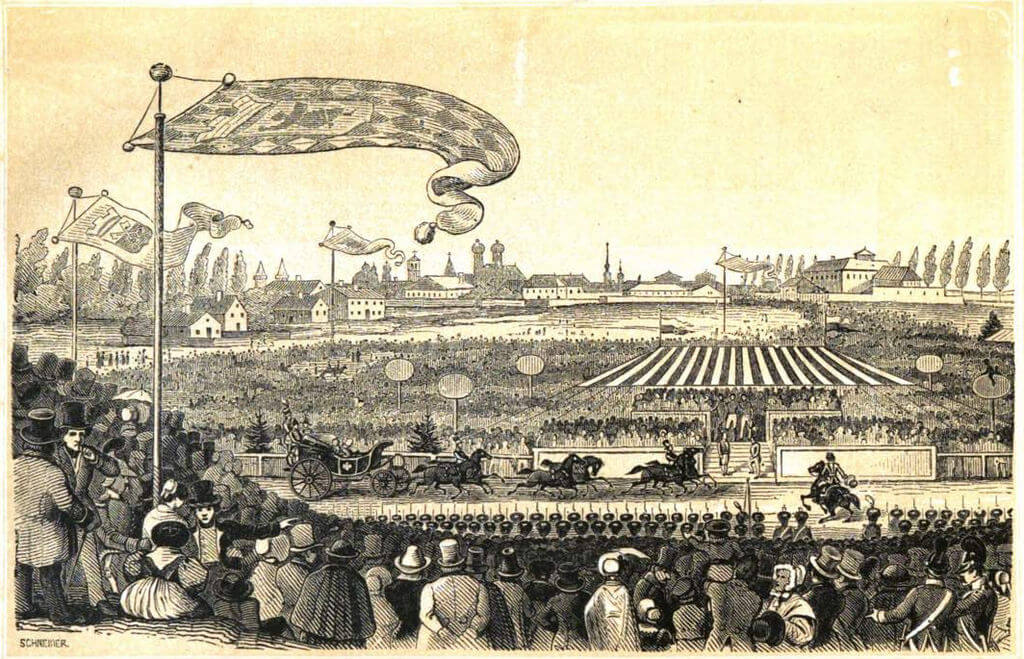
1810: The First Oktoberfest
While today, Oktoberfest is known as a beer festival where millions go every year to lose their dignity, it might surprise some of you to know that the very first Oktoberfest was actually a WEDDING!
The year was 1810, Crown Prince Ludwig (who would later become King Ludwig I) was set to marry Princess Therese of Saxony-Hildburghausen. So they did what royals back then did best: they threw an epic party.
Everyone in Munich was invited to celebrate at the fields in front of the city gates, which is still where the festivities are held today.
That empty space would come to be known as “Theresienwiese”, translated in English to the Meadow of Therese, named after the blushing bride herself. This name still stands today, and is why most locals refer to Oktoberfest as “the Wisen”.

1811 Onwards: The Evolution of Oktoberfest
Okay, so how did we go from one-off wedding to unhinged annual boozefest?
Well, the wedding horse races and celebrations were so beloved that they returned the year after that.
And the year after that…
Then they started adding amusement park rides, carousels, beer TENTs, and over time, in spite of wars, pandemics, and centuries, the tradition persevered.
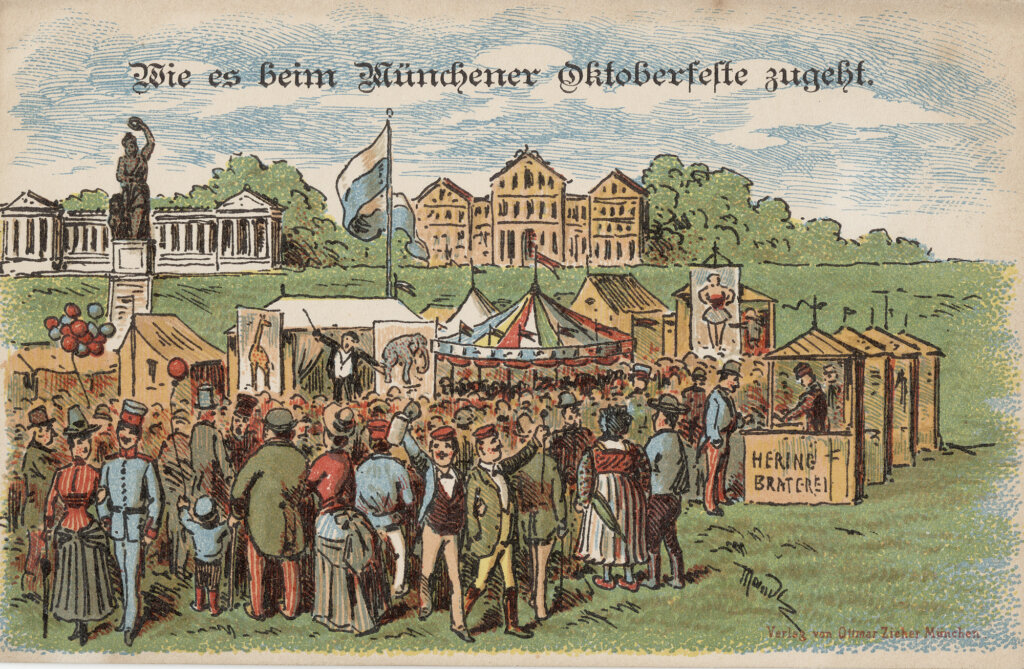
1850: Lady Bavaria is Unveiled!
One of the most iconic sights of the Oktoberfest grounds is the gorgeous Lady Bavaria statue, who overlooks the Theresienwiese with pride and a fierce hair-do.
It may be tough to imagine the festival without her present, but she only joined the festivities in 1850, when she was first unveiled to the public.
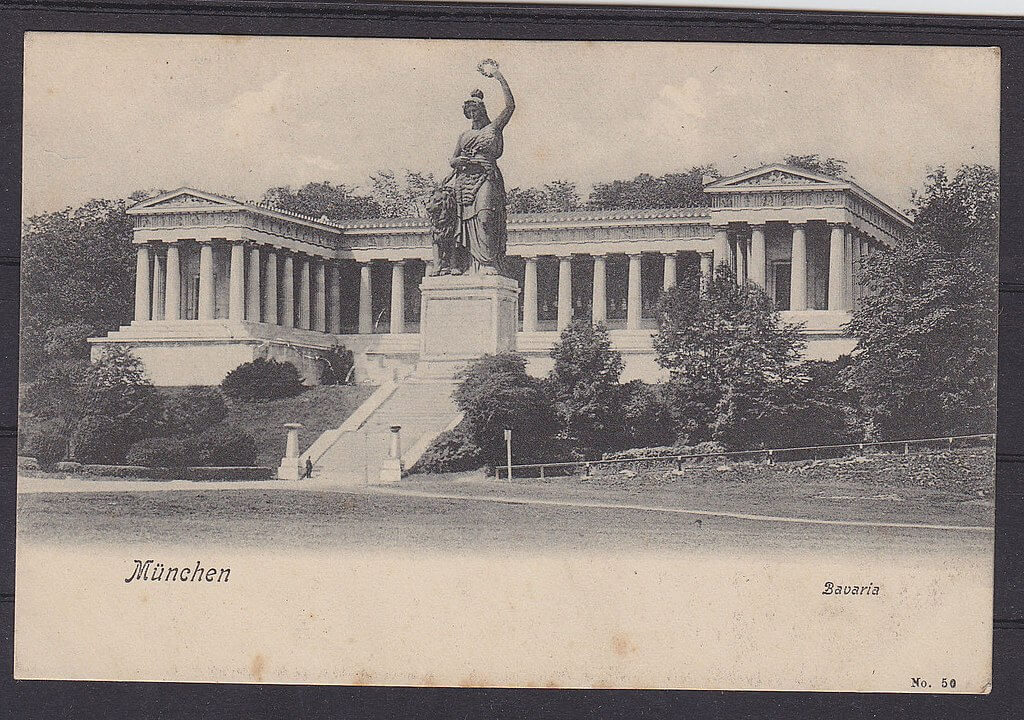
1881: oktoberfest’s 1st Roast Chicken Stall Opens
A random milestone, sure, but an important one, given that close to half a million roast chickens are now sold at the festival each year!
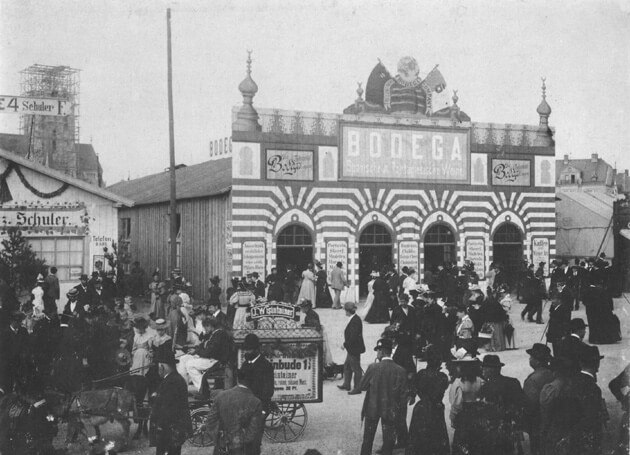
1950: The Start of A beloved Tradition
These days, no one is allowed to have a beer at Oktoberfest until the mayor comes in to tap the first keg at the Schottenhamel, which happens just before noon on the festival’s opening day.
But, according to legend, this whole ‘mayor tapping the keg’ tradition wasn’t even planned – it was actually the result of a random coincidence in 1950.
As the story goes, then-mayor Thomas Wimmel had just missed his carriage to the festival, so he decided to hitch a ride with a fella by the name of Michael……..
Michael Schottenhamel!
So, along the way clip clopping their way to the tent, Schottenhamel asked Wimmel if he wanted to tap the first keg that day, and the rest is history! Sure, it apparently took him 17 taps to get through to the keg (an embarrassing contrast to the present mayor’s record of 2) but the tradition was born and remains today!
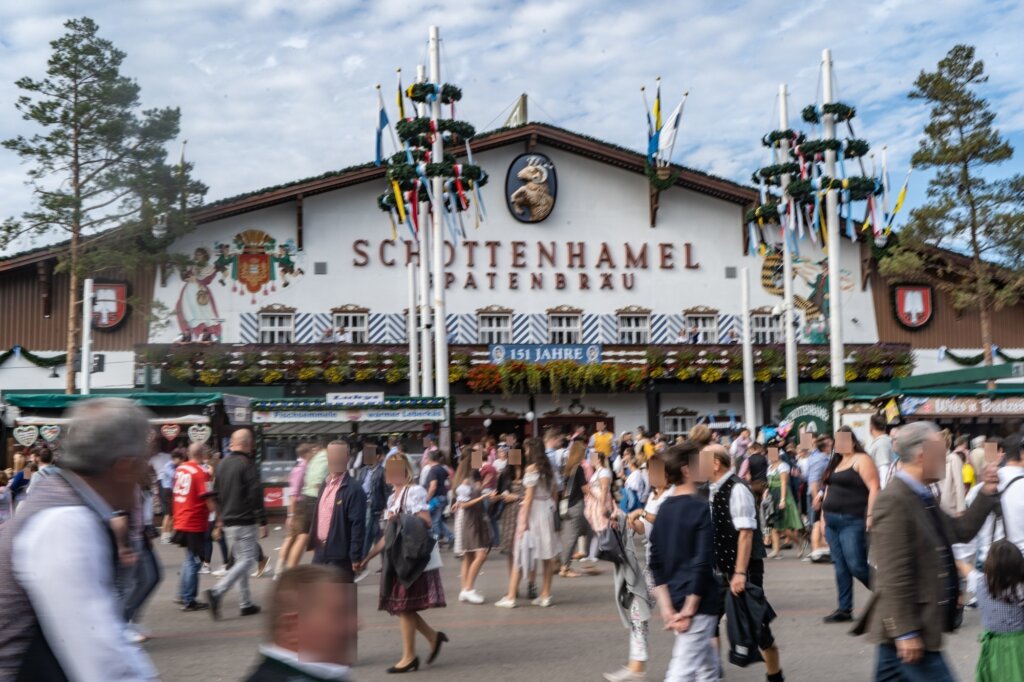
2010: The Start of the ‘Oide Wiesn’
In honor of the festival’s 200th birthday, Oktoberfest organizers decided to create a nostalgic corner of the festival to showcase Oktoberfest as it would have looked ‘back in the day’, giving us beautifully traditional tents like the Festzelt Tradition and Herzkasperlzelt.
Festival visitors loved it so much, they decided to make the ‘Oide Wiesn’ a permanent fixture of the festival (apart from a break every 4th year, when the Bavarian Agricultural Fair takes its place).

And Onwards to Present Day
Despite a two year break from 2020 onwards thanks to you know what, Oktoberfest made its grand return in 2022, with 5.7 million guests in attendance.
… and we can’t wait to see what the future has in store for this epic festival!
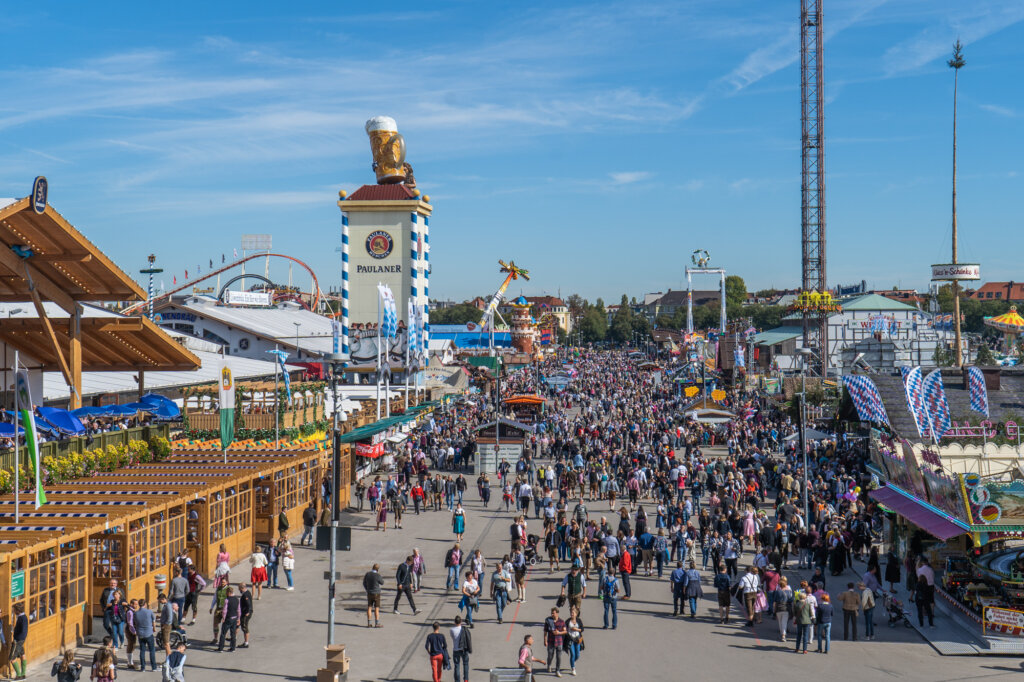
We Hope You Enjoyed This Brief History of Oktoberfest in Munich!
Let us know in the comments if there are any more historical tidbits you’d like to add.